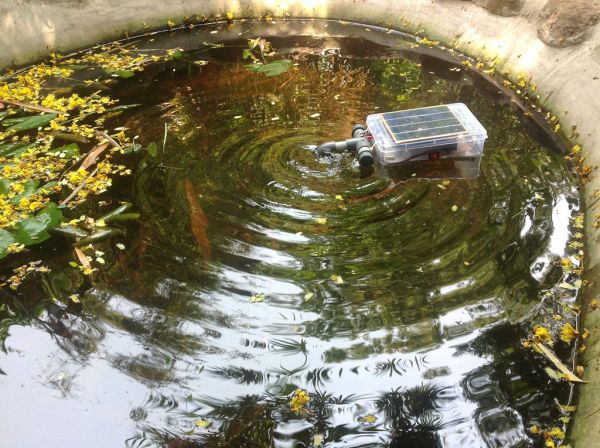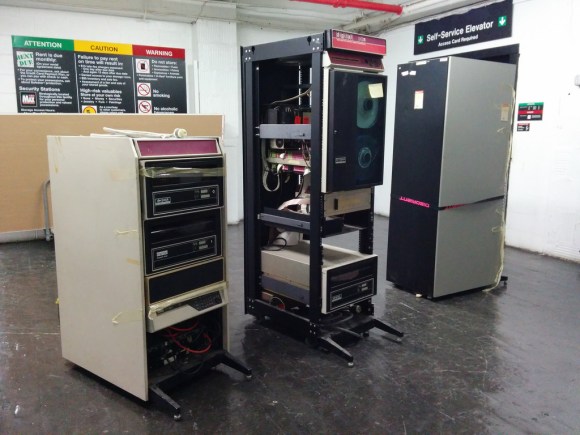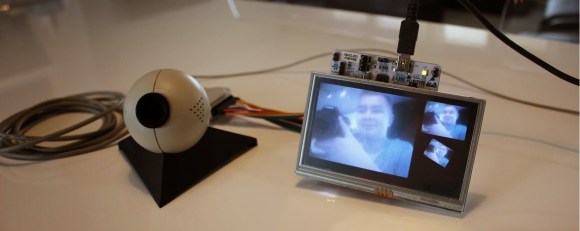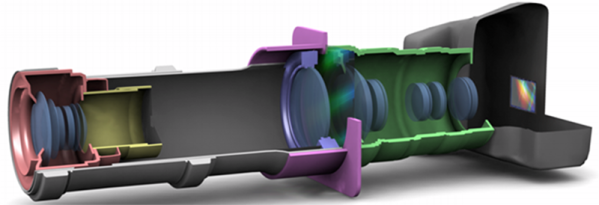Mosquitoes really suck. Joking aside, they spread dangerous and deadly diseases like Malaria, Dengue and West Nile. They like to breed in pools of stagnant water which can be difficult to keep up with. From egg-laying to larval development, still water is vital for breeding mosquitoes. Instructables user [Gallactronics] hypothesized that disrupting the surface tension of potential nurseries was the key to discouraging breeding, and he built a solar-powered device for under $10 that proves his theory.
There are a few standard ways of dealing with standing water. Someone can keep it drained or it can be sprayed with pesticides. By aerating the water, mosquito mothers are far less likely to successfully arrange their eggs on the surface. Even if the eggs take, the turbulent water surface will suffocate the larvae.
This bubbler ticks all the boxes. It starts as soon as it comes in contact with water and sounds a piezo alarm when the pool has dried or when someone removes it. It runs for 10 minutes at 10-minute intervals using a 555 timer and some transistors. The water probes are stainless steel bolts, and it runs on a 6V 450mA solar cell. Be sure to watch the demonstration below.
We love to see this kind of ingenuity and elegance in problem solving. Then again, we also like the idea of killing them with lasers.
Continue reading “Solar-Powered Mosquito Birth Control Is Making Waves”





 f you’ve ever built anything with a microcontroller, some sort of sensor, and a connection to the outside world, you’re probably wondering how those places in China can pump out cheap electronics for a mere percentage of what it costs you to pull a DIY. It’s not just volume – it’s engineering; if something has Bluetooth, you find a Bluetooth module with a built-in microcontroller so
f you’ve ever built anything with a microcontroller, some sort of sensor, and a connection to the outside world, you’re probably wondering how those places in China can pump out cheap electronics for a mere percentage of what it costs you to pull a DIY. It’s not just volume – it’s engineering; if something has Bluetooth, you find a Bluetooth module with a built-in microcontroller so 










